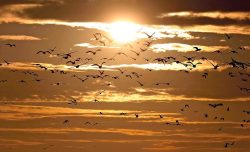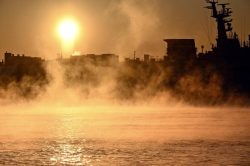Japan Tourism / Travelling Northbound Through Sarobetsu Plain, Northern Hokkaido: A View that Changed My Life
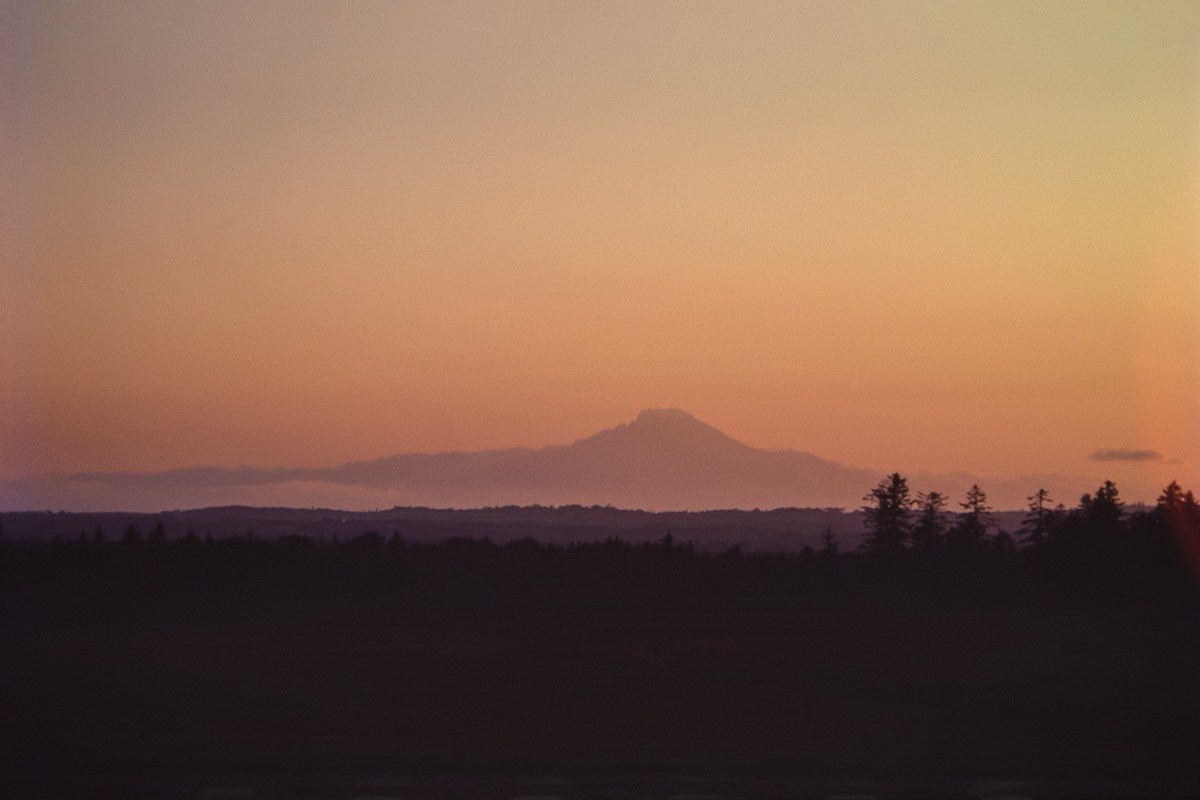
A majestic view of Mt. Rishiri is seen through the train window at dusk. I was overcome by a sense of solemnity on the trip.
12:45 JST, April 24, 2024

It was 39 years ago in the summer of 1985 when I traveled across northern Hokkaido with a Hokkaido-wide excursion ticket, valid for 20 days. Four days after I left home, I arrived at Asahikawa by the Okhotsk limited express that I took from Abashiri. I then switched to a local train bound for Wakkanai on the Soya Line.
The train departed Asahikawa at 11:28 a.m. and arrived at Wakkanai at 7:07 p.m. — a 7.5-hour ride. Although express trains were available on the Soya Line back then, I wanted to ride the local train bound for the northernmost end of Japan.
While making long stops at key stations — Nayoro, Bifuka, Otoineppu — the train moved slowly, steadily heading north. As it departed Horonobe at 5:42 p.m., I was on the last leg of my long-distance journey.
As the sun began to set, with the evening gradually darkening, a vast plain came into view from the train window through gaps in the dense snowbreak forest.
As I wondered whether it was the Sarobetsu Plain, a panoramic view expanded moments after the forest broke off.
The endless plains stretched out in the orange light with a depth beyond the reach of my vision. When I strained my eyes, I saw the silhouette of Mt. Rishiri on Rishiri Island, better known as Mt. Rishiri-Fuji.
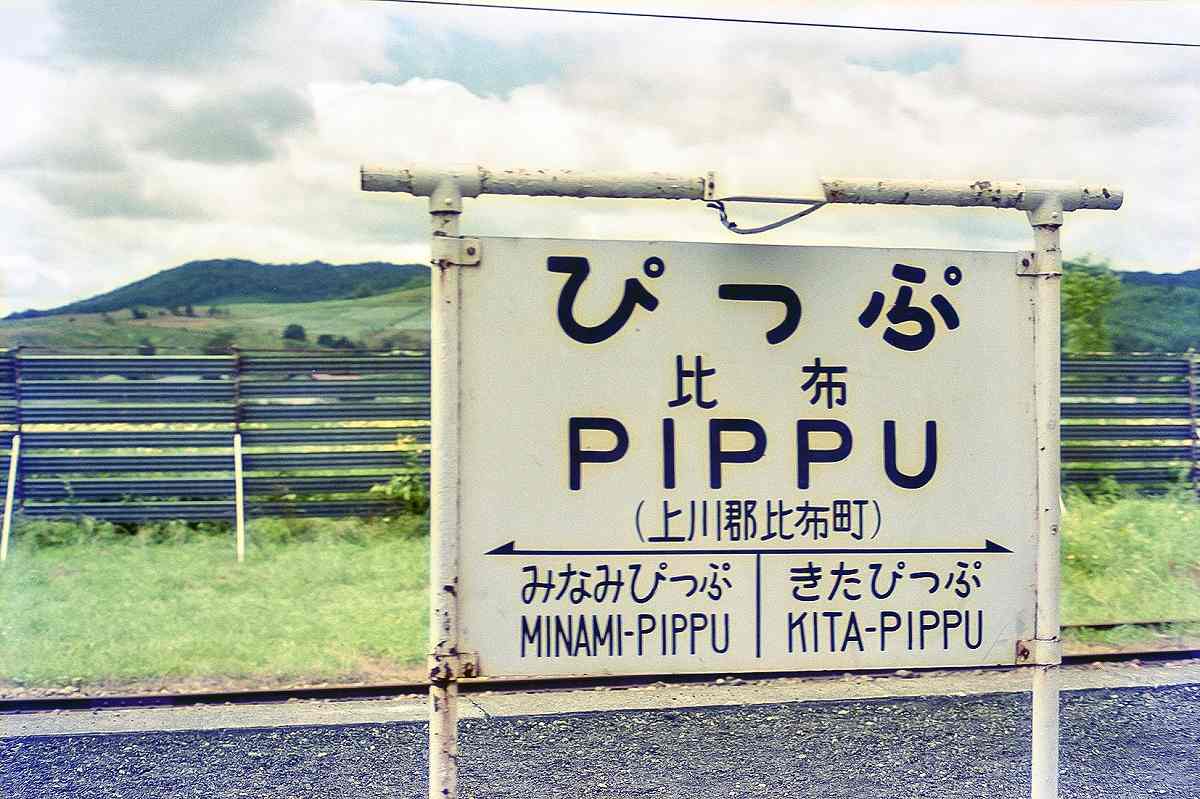
JR Pippu Station, which was featured in a TV commercial
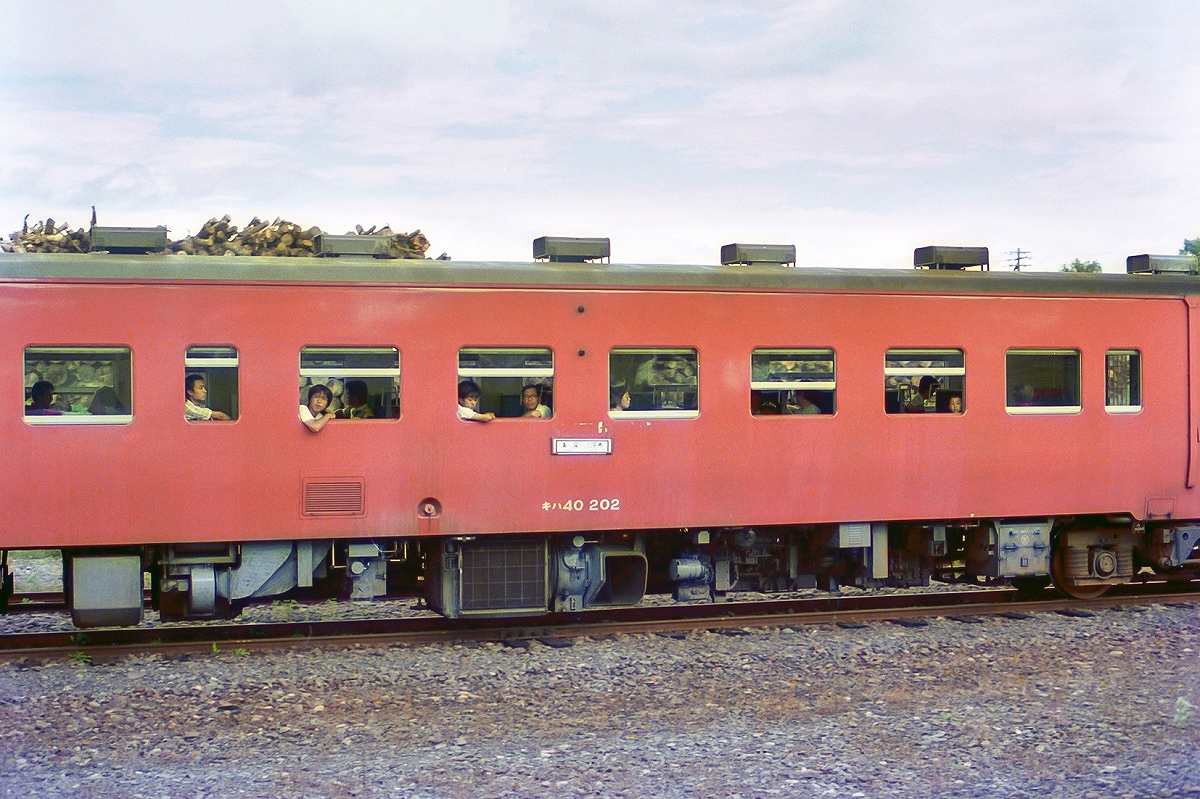
At Bifuka Station, I saw off departing trains on the Biko Line, which was to be taken out of service in September 1985.
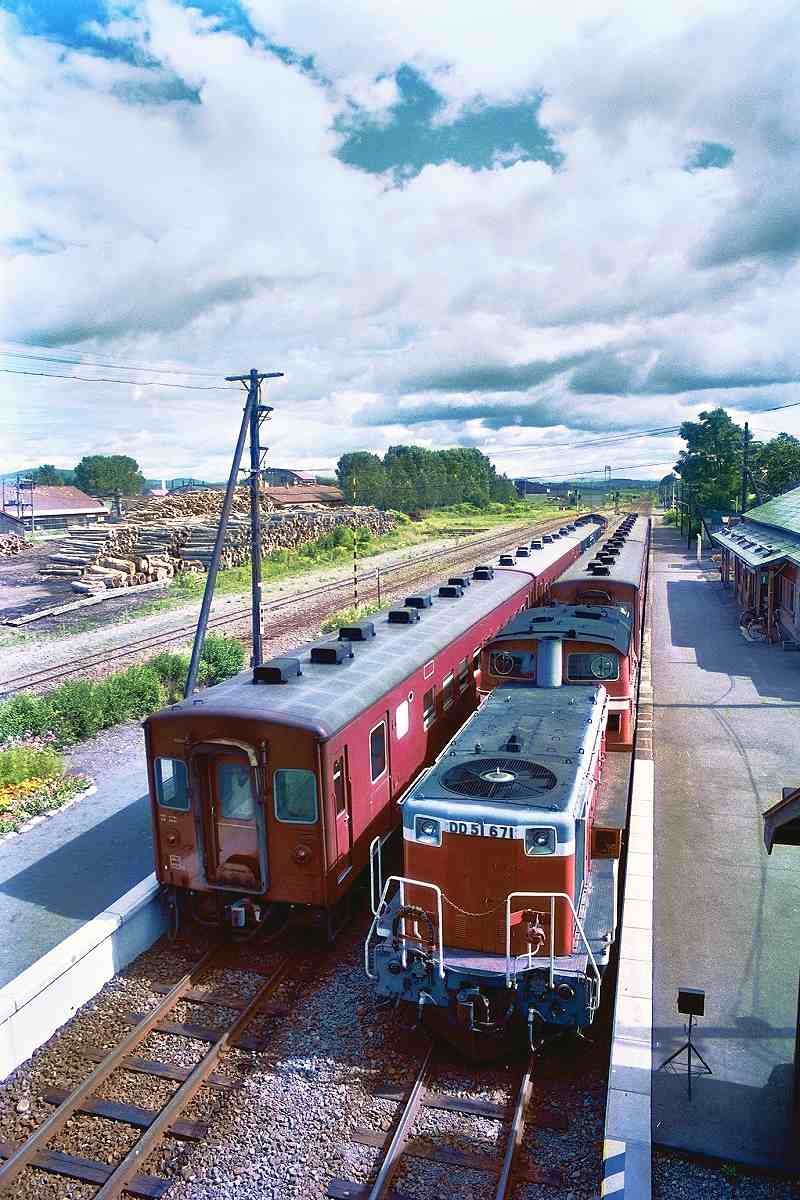
Local trains running between Asahikawa and Wakkanai, both inbound and outbound, exchange carriages at Bifuka Station.
Flowing just then through the headphones of my cassette player was the song “Forgotten Saga” by The Square. With the scenery and music in perfect sync, I was moved again and again. When the song reached its piano solo, which was one of my favorite parts, i couldn’t stop crying.
Soon after, the sun went down, and the wind blowing in through the open window turned cold. Then, in the darkness, the lonely whistle of the diesel locomotive reached my ears.
It may seem an exaggeration to say that the scenery changed my life. But the emotion I felt at that time was unlike anything I had experienced before. Being able to encounter such scenery at the age of 17, a sight that touched me with a sense of solemnity, was something that will last a lifetime.

After passing Nayoro, the Teshio River comes into view.
***
Japan Tourism is presented in collaboration with Ryoko Yomiuri Publication, which publishes Ryoko Yomiuri, a monthly travel magazine. click here.
"Features" POPULAR ARTICLE
-

Sanrio to Open Museum in Yamanashi Pref. Dedicated to Founder, Exhibits Include Hello Kitty, Other Characters
-

Autumn Foliage Surrounds Visitors to Tokyo’s Showa Kinen Park
-

My Daughter No Longer Speaks to Me, But I Want to See Her and My Grandchild
-

Kumamoto: Public Bath Refurbished as Library Where You Can Chat, Take Photos
-

Frozen Vegetables: Demand Rises for Convenient, Tasty Domestic Produce
JN ACCESS RANKING
-

Tokyo Economic Security Forum to Hold Inaugural Meeting Amid Tense Global Environment
-

Keidanren Chairman Yoshinobu Tsutsui Visits Kashiwazaki-Kariwa Nuclear Power Plant; Inspects New Emergency Safety System
-

Imports of Rare Earths from China Facing Delays, May Be Caused by Deterioration of Japan-China Relations
-

University of Tokyo Professor Discusses Japanese Economic Security in Interview Ahead of Forum
-

Japan Pulls out of Vietnam Nuclear Project, Complicating Hanoi’s Power Plans


